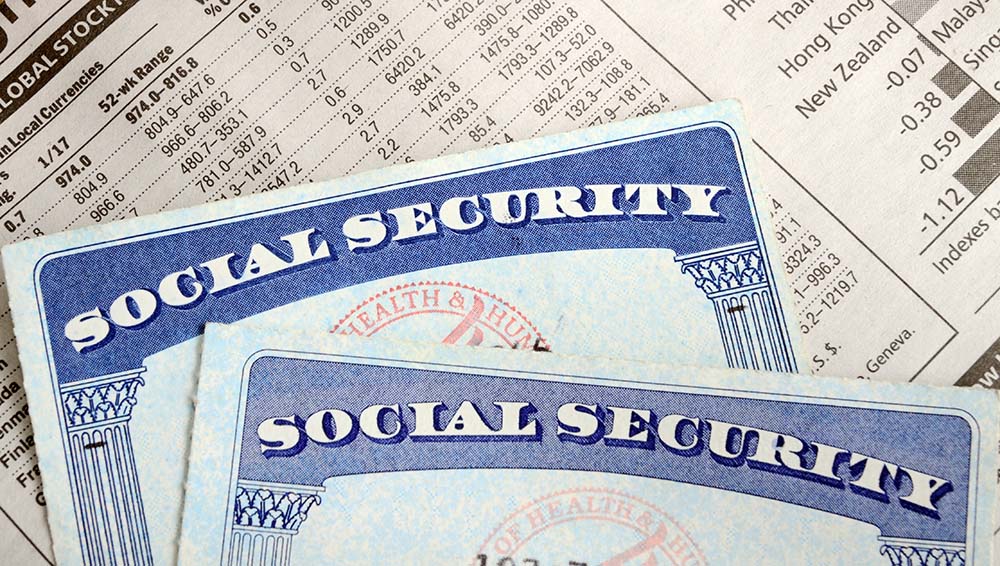
The US Social Security Administrations funding trusts are known as the Old-Age and Survivors Insurance (OASI) Trust Fund and the Disability Insurance (DI) Trust Fund. In their 2019 annual report to Congress, the Board of Trustees released some startling detail about projected insolvency for the Social Security Program by the year 2035. The Social Security Administration (SSA) has been dipping into its “trust fund” to meet scheduled benefit payouts. Social Security program costs continue to exceed non-interest income.
The OASI has no authority to borrow money, and during the COVID-19 pandemic, the American workforce is severely reduced. Now there are far fewer workers paying into the Social Security system. The payroll tax is the cash liquidity needed to fund by far the single most significant source of federal spending, and it is drying up. Trust reserves will be depleted faster than the projection of 2035.
The situation became dire in what seems like an instant, but it is due to more than 22 million Americans losing their jobs in the past four weeks. Twenty-two million fewer people are propping up the Social Security system at a time when a lot more money will soon be going out. People who are now out of work will be able to draw benefits and may do just that out of sheer economic need.
According to Market Watch reporting, by columnist Alicia H. Munnell, a leading expert on Social Security “We are going to lose a lot of payroll tax revenue this year” as “expenditures keep at their regular pace, if not at an immediately higher pace because older people can’t find a job might turn to claim early.” The gap between what the SSA takes in versus pays out will widen further, and the trust fund that fills this gap will be depleted faster than ever. Social Security trustees Labor Secretary Acosta, Health and Human Services Secretary Azar, and Treasury Secretary Mnuchin have yet to release their updated projections on just how quickly the trust fund will run out of cash.
With the advent of COVID-19 and ever-increasing expenditure to protect the unemployed and vulnerable people of America, it will behoove those who have retirement and estate plans to review and make appropriate changes to cover what may be shortfalls to their expected Social Security benefits. Also, consider any expected employee pensions you may have from businesses that may go bankrupt. Unfortunately, there is not a lot of time to get a good fix in place for you or the government because of the world-wide economic market crashes. The fix for Social Security has moved to a scale of monies not seen before this pandemic. The current solution of the SSA is for the American taxpayer to receive somewhere around 75 percent of their previously promised benefits. Still, that percentage was established before the loss of 22 million workers and their payroll tax contributions.
The perfect storm has come to pass. Americans are experiencing a pandemic that spurs massive unemployment, which in turn leaves, at minimum, 22-million fewer payroll tax contributors, which accelerates the timeline of a projected insolvent Social Security system. The Social Security solvency problem, coupled with the US Census Bureau reporting a declining US birth rate for the fifth straight year while people are living longer than ever before, and this perfect storm becomes cataclysmic.
The good news is American people want to go to work and get on with their lives. Successful retirement and estate planning are all about mitigating risk and expanding rewards. We can help with your planning. The sooner you start, the better, as we could remain in uncertain times for a while longer. We look forward to hearing from you.
